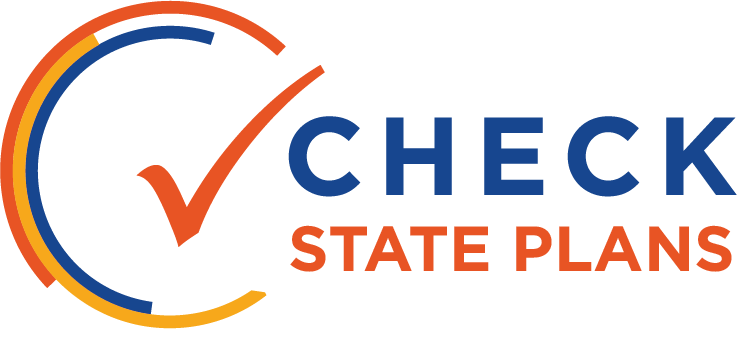
IDENTIFYING SCHOOLS

North Carolina’s identification methodologies are basic and compliant with the law—but in some cases, the method of identifying schools may be out of sync with the state’s A to F grading system.
In addition, the relative weighting of indicators may result in the state failing to identify schools most in need of intervention and support.
North Carolina grades schools on an A to F scale, but those grades do not factor into the identification of schools for comprehensive support. Rather, in addition to identifying high schools with low graduation rates, the state will identify the bottom 5 percent of schools based on composite accountability scores. No data is provided regarding how this identification methodology correlates with the state’s grading system, so it is unclear whether a school could receive a school grade of F and not be identified for improvement. Although the state adopted an A to F scale to better define schools for families and the public, the scale as defined in this plan is confusing.
Another challenge to this methodology is the potential impact of the relative weight of various indicators.
For one, since the state greatly emphasizes academic achievement over all other indicators, it is possible that the identified schools could be helping students make significant growth while still having low proficiency rates. These schools may not be the those most in need of intervention, assuming they continue to produce significant growth without it, and resources may be better dedicated to schools with more stagnant outcomes.
Further, the method of combining individual indicators into a summative accountability score could result in different indicators generating different levels of weight across schools.
Each indicator included in the composite is based on the percentage of students achieving specified benchmarks, and the plan alludes to the relative size of the population to which each measure applies, providing a self-correcting weighting mechanism. For example, for an elementary school that serves a relatively small population of English learners, the percentage of students making progress toward English language proficiency would carry less weight in combination with student proficiency rates compared to a school serving relatively more English learners. The plan provides no concrete examples of how this methodology would work in practice and no analysis of how variations in student populations or the distribution of students across grades and programs may affect the relative weight of various indicators. This lack of clarity leaves open questions as to whether this system will uniformly, accurately, and consistently identify the lowest-performing schools.
The state is seeking a waiver to delay identifying schools with low-performing subgroups for targeted support until the end of the 2018-19 school year, when it plans to identify schools receiving a grade of “F” in the state’s School Performance Grades system for any subgroup, based on two years of data. After the first cohort, identification for targeted support will be based on three years of failure. During the waiver year, the state proposes putting schools on a “watch list,” but it is unclear whether watch list status serves any purpose other than putting schools on notice for potential future identification. The plan does not indicate how many schools are likely to be identified for the watch list or for future targeted support status. The delayed identification and the reliance on three years of failure both delay targeted interventions in schools struggling to serve subgroups of students.
 OVERVIEW
OVERVIEW




